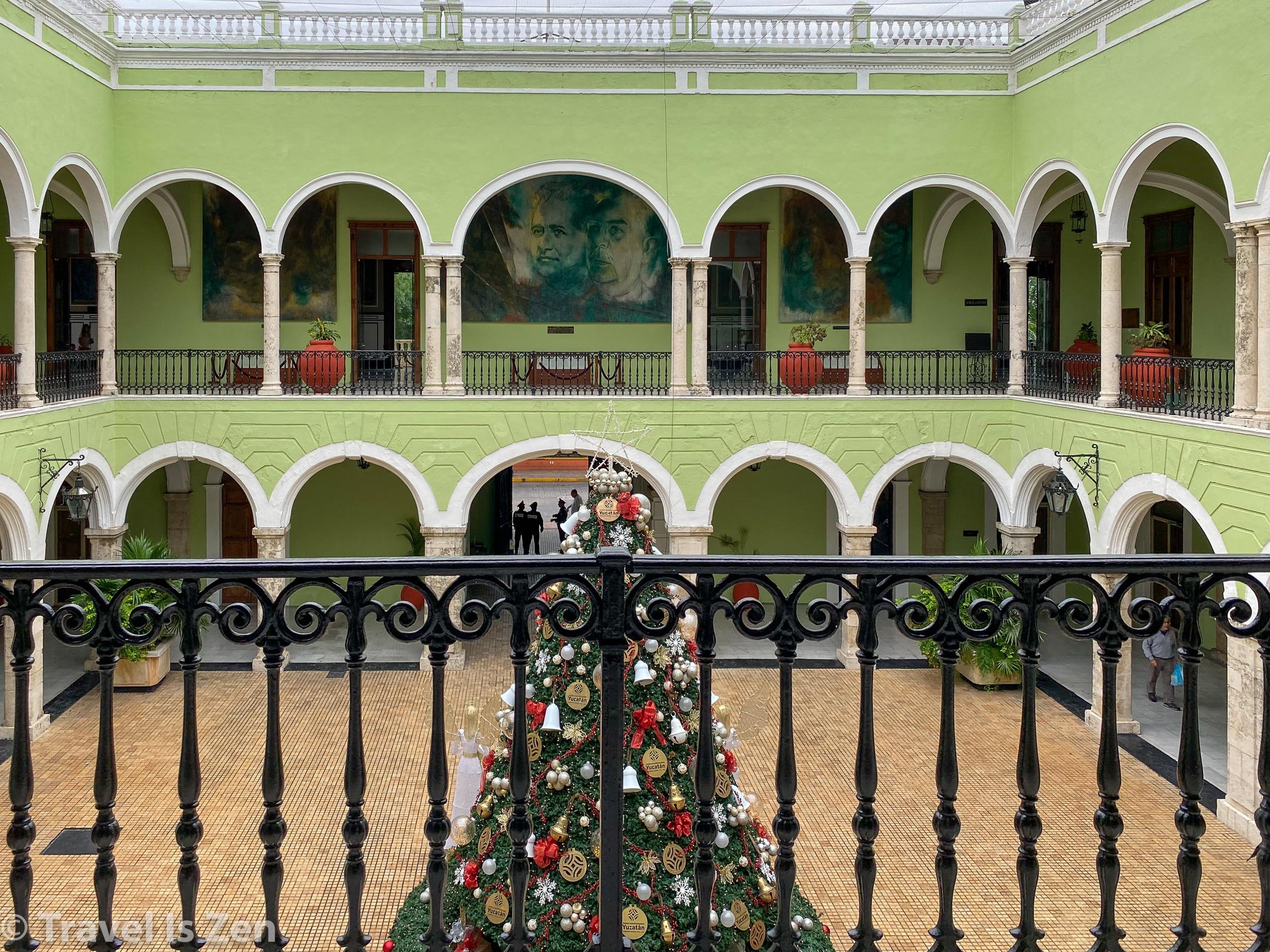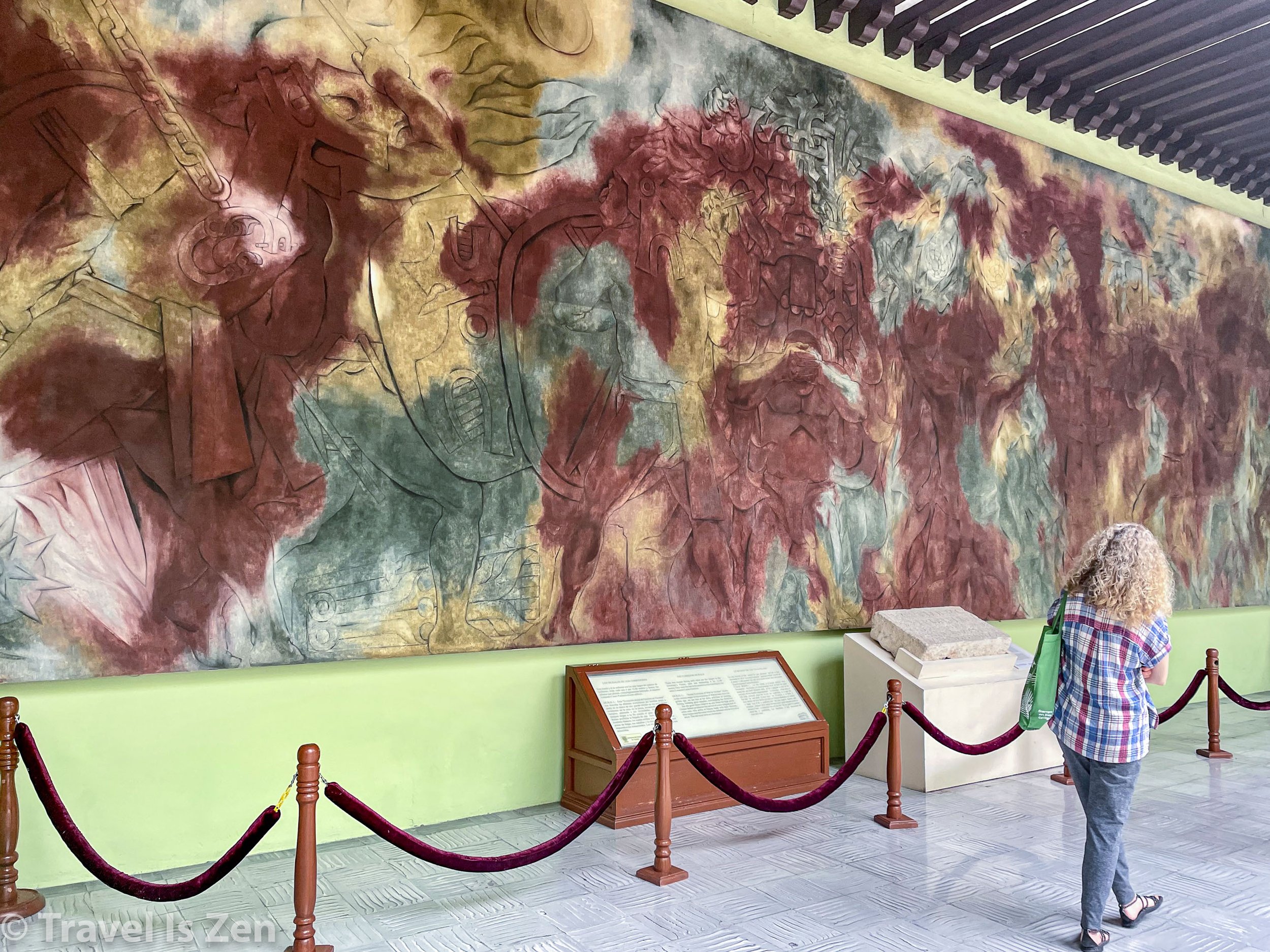Merida, Yucatan: Discovering Korean Connections
1905 news headline: 1,019 Coreans in Merida
In a recent Deviate podcast hosted by Rolf Potts, author Kate Harris talked about travel and exploration as an opportunity to expand consciousness and world view through the discovery of connections we didn’t know existed. While planning our roadtrip around Mexico’s Yucatan peninsula, we never expected to deepen our understanding of Korean immigration at the turn of the 20th century… or to discover the importance of heneqen fiber on the global stage.
We first learned about the Korean/Mexican connection at Chichen Itza, where our hired tour guide asked about our road trip itinerary. We mentioned that we would be driving to Merida, the capital of Yucatan state. Confirming my husband is from Korea, he then told us about a small Korean immigration museum just a few blocks from the main central square in Merida.
On a rainy day in December, we hustled along the busy market streets of Merida and found our way to Museo Commemorative de la Immigracion Coreana on Calle 65, near the city bus terminal. We entered the cheerful little bright green building and were greeted with a tentative “Annyeonghasaeyo” (hello in Korean) by museum curator Genny Chans Song. In halting English, she explained that her grandfather was among the 1,033 Korean adventurers who left the port of Chemulpo in Incheon, Korea, in 1905. Her grandfather was just a child, brought to Mexico by his grandfather, who was woo’d by job recruiters promising a better life in the “lettuce” fields of the Yucatan. The offer was attractive to those with a desire to flee the 1905 Japanese invasions rocking the Korea peninsula. Servants of the emperor, merchants and their families, farmers, carpenters, ironworkers, fishermen, orphans, and more formed a motley crew as they shuffled aboard the cargo ship “Ilford”, bound for a new land.
1,014 Koreans survived the trip across the Pacific Ocean. After arriving in Porto Salinas, they were shuttled across the country to Merida and then distributed across 25 haciendas in northern Yucatan. Their contracts bound the workers to 4 years of service in the henequen fields. While the plantation owners raked in record profits from booming demand across the globe for henequen (sisal) products, the workers were paid in tokens only accepted at the hacienda. It was brutal, back-breaking work, with the thorny plants slicing hands and feet - as the native Mayans knew only too well!
Harsh reality of Henequen
Unbeknownst to the Koreans recruited in East Asia, the Yucatan was in the midst of a decades-long Caste War. The native Mayans in the Yucatan revolted against the ever-encroaching Hispanic population, refusing to give up any more of their land or their indigenous way of life to work on the sisal and sugar cane plantations. This struggle lasted more than 65 years - from 1847 until 1915 - and precipitated the need for the hacienda owners to seek foreign laborers from countries like Korea.
Despite the harsh conditions, the Koreans banded together. They learned Mayan and Spanish, adjusted to new foods, honored their contracts to grow and harvest henequen, and grew their families. After their 4 year contracts ended, they were unable to return to Korea because the Japanese invasion had led to a full annexation and occupation in 1910. In their home country, the Japanese imperialists were waging a war against Korean culture, attempting to wipe out its language, customs, and history. The tiny community of Korean immigrants in Mexico became one of many distributed pods of cultural preservation across the world. They unified in solidarity to start Korean language and culture schools and support the resistance efforts. Eventually, some started new businesses, intermarried, or sought new opportunities outside of the Yucatan and in Cuba and the United States.
In Merida, the third generation of proud Korean-Mexicans in the Yucatan keep their little-known immigration story alive through the Museo Commemorative de la Immigracion Coreana - the tiny little green building on Calle 65.
The City Hall (Palacio Municipal) along the western side of Merida’s Plaza Grande also has a wonderful gallery of paintings that further illustrate the socio-economic story of henequen, Mayan history, and the caste war’s heroes and villains. Many of the images used in my post are from that collection. City Hall is the building with the clock tower. Admission is free.
Palacio Municipal (City Hall) in Merida’s Grand Plaza























